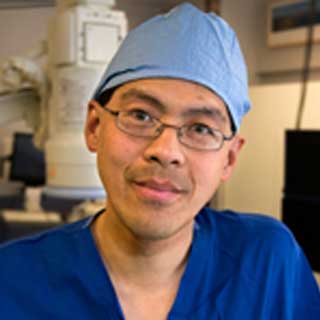
As part of the treatment, heart cells that are beating at an abnormal rate will be stuck from the interior as well as exterior of the heart. While, minimally invasive radiofrequency energy will demolish these cells outside the heart, a catheter ablation will make use of the same energy from within the heart.
“We didn’t think that either surgical or catheter ablation alone was achieving the success rates that we would like to have with the most advanced patients. What we want to examine is whether combining the surgical and catheter components gives better results,” commented Paul Wang, MD, the cardiologist and professor of cardiovascular medicine leading the Stanford portion of the study.
For the procedure, scientists will introduce tiny cameras known as endoscopes via tiny openings in the chest wall. This instrument will then supply radiofrequency to external portions of the heart that will eliminate the problem-causing cells.
Further, cardiac electrophysiologists will hook a catheter from a thigh vein to the heart’s internal region which will deliver radio energy to cells within. The main focus of the experiment is to treat the complete thickness of the heart tissue.
One of the advantages of this treatment is that it is minimally invasive and does not necessitate a heart-lung bypass machine. Individuals who have been suffering from prolonged atrail fibrillation with treatments such as arrhythmic therapy and catheter ablation not responding well, are eligible for this study. Also, the subjects have to be 18 or older for the procedure. Pregnant women or those with prior cardiothoracic surgery or heart or kidney failure cannot take part in the analysis.
Six sites are conducting this study, Stanford is one of them.
